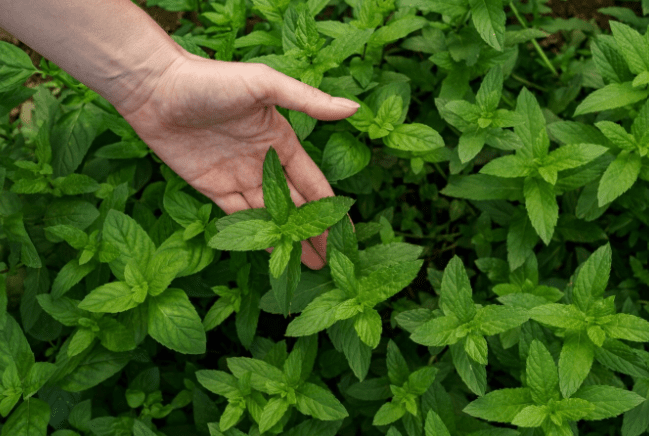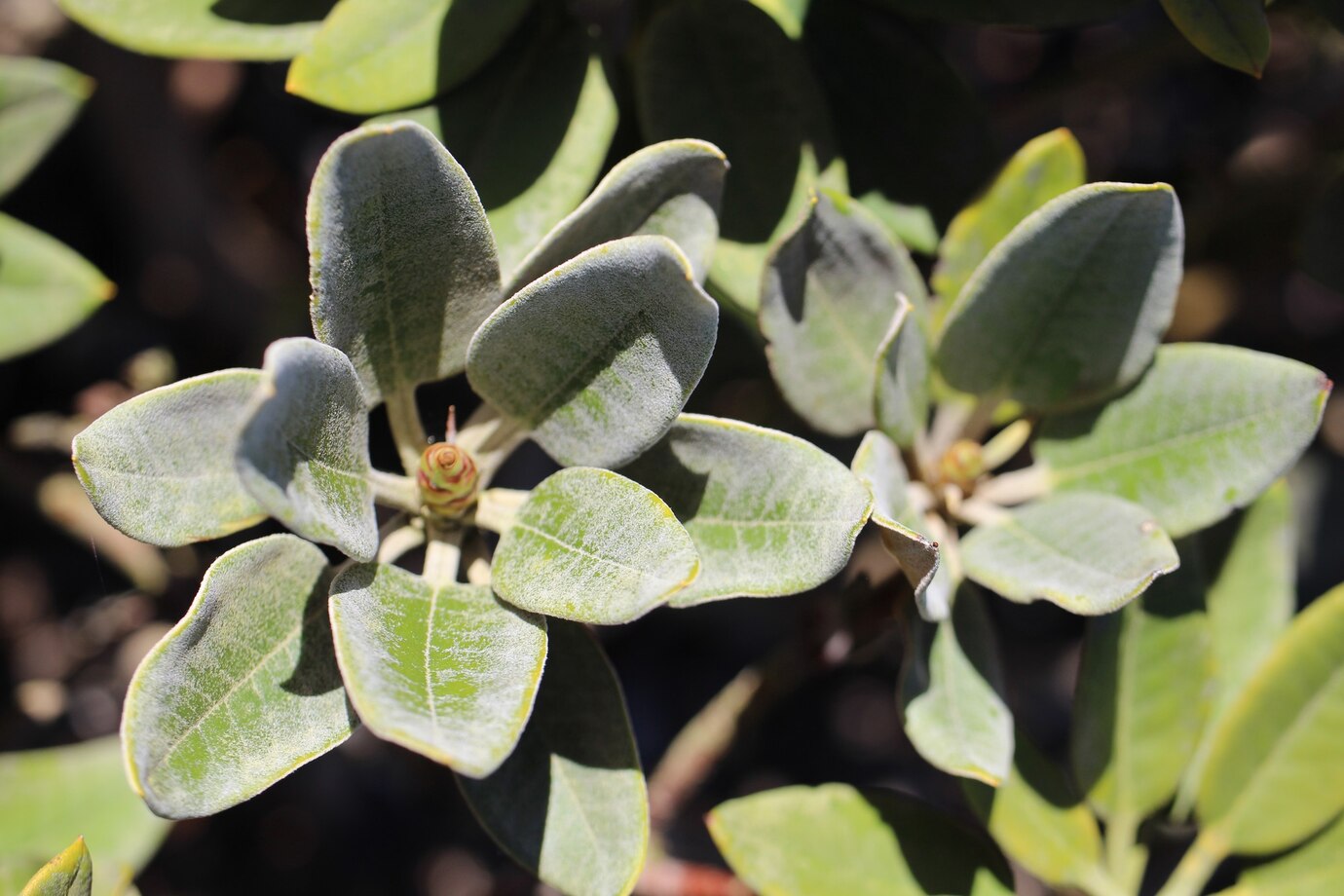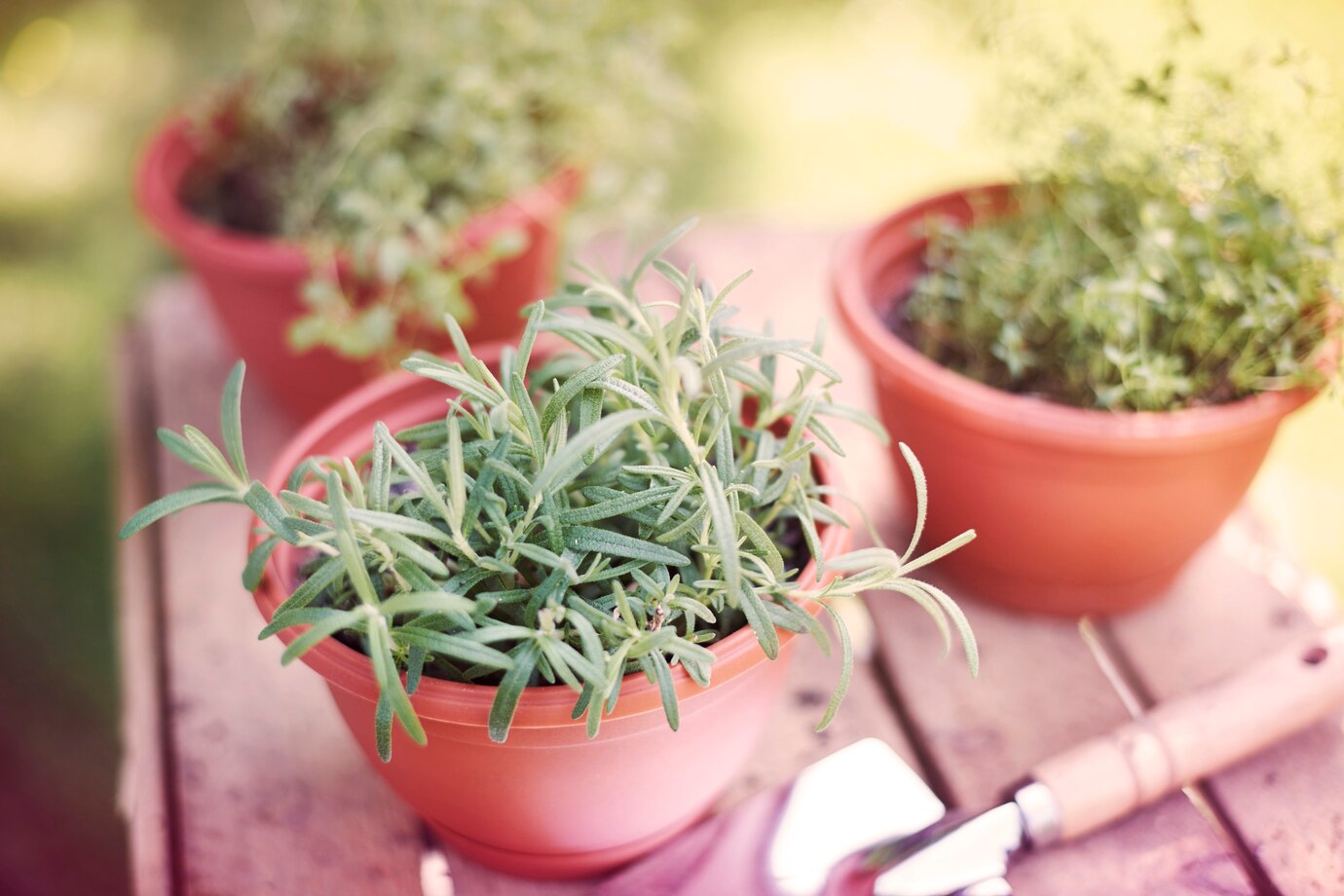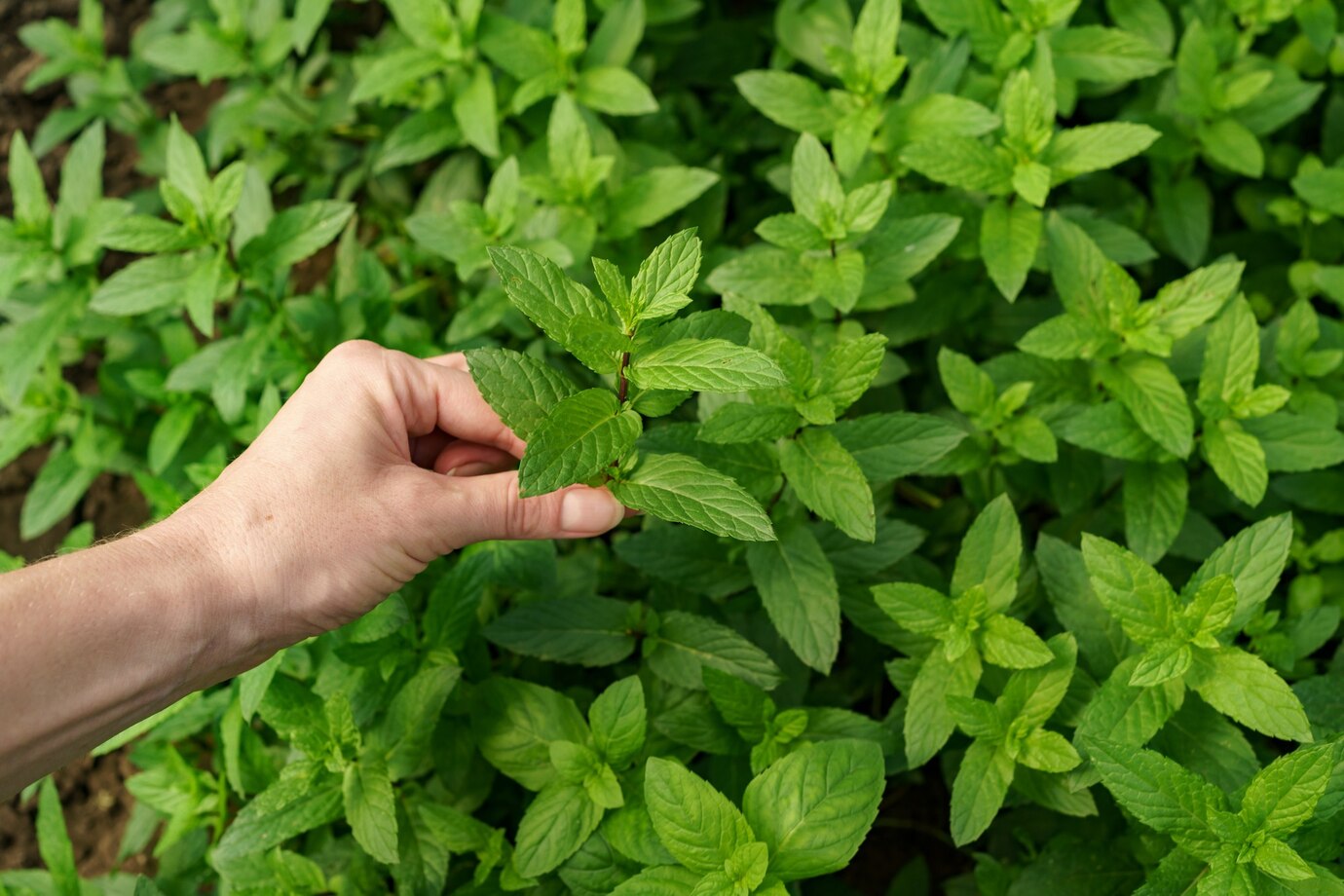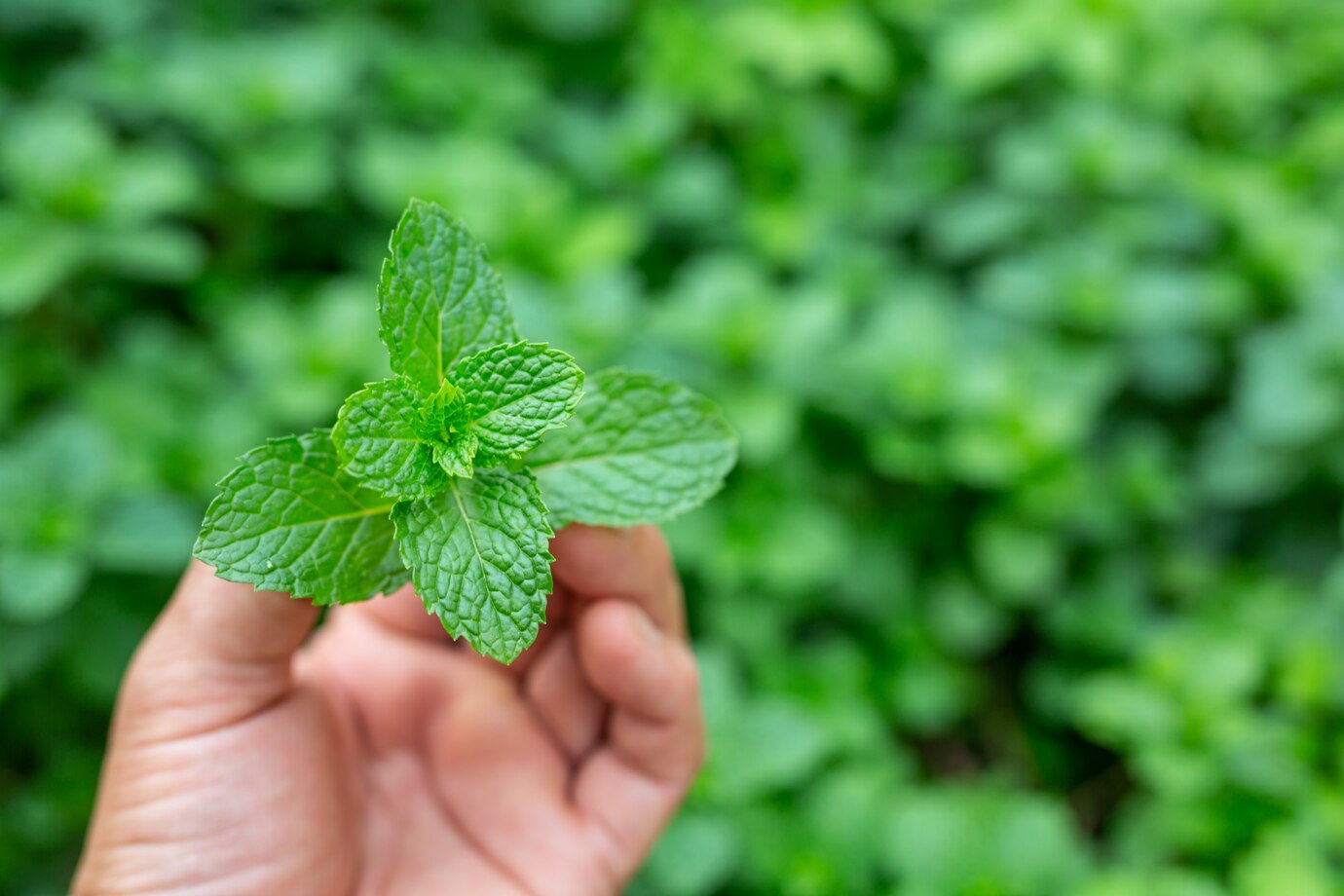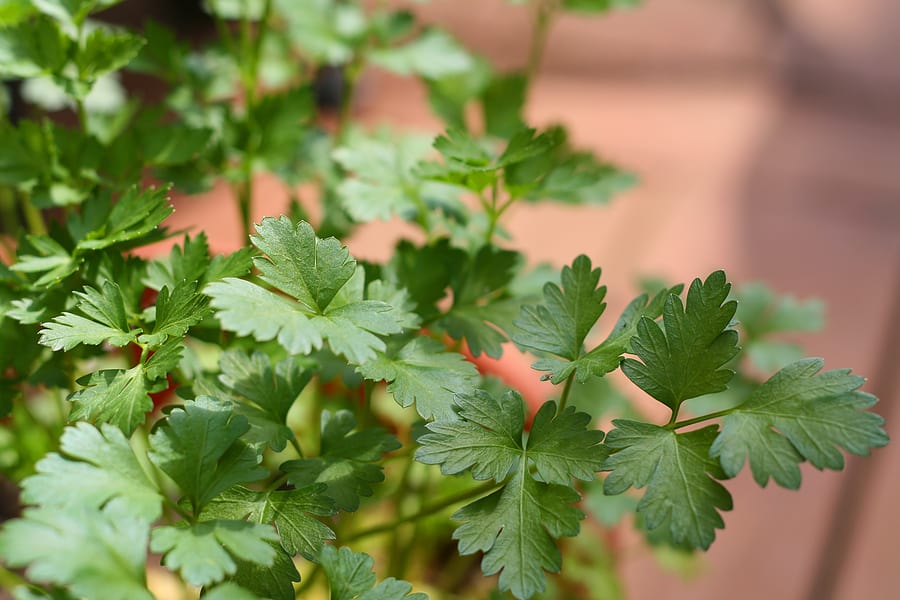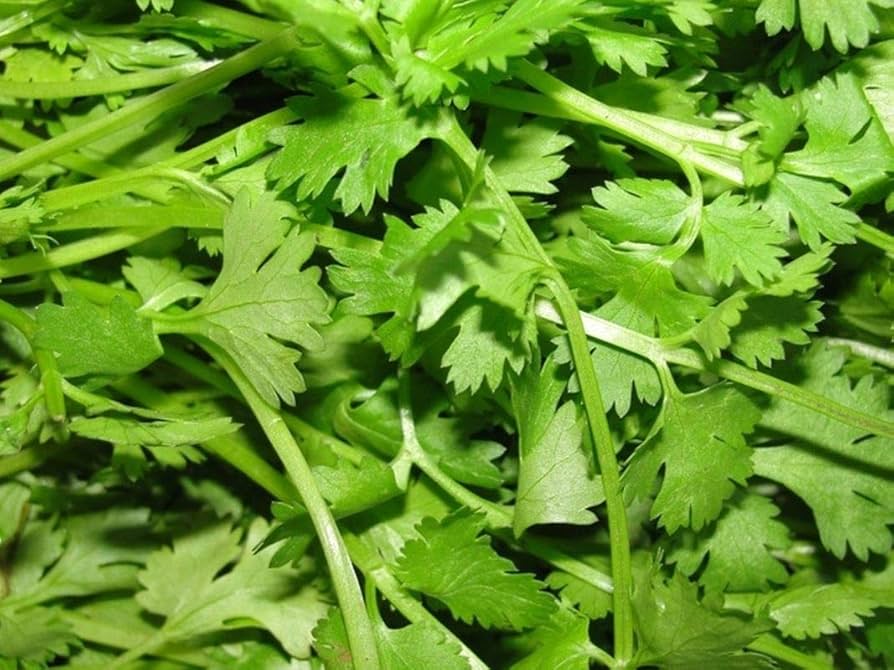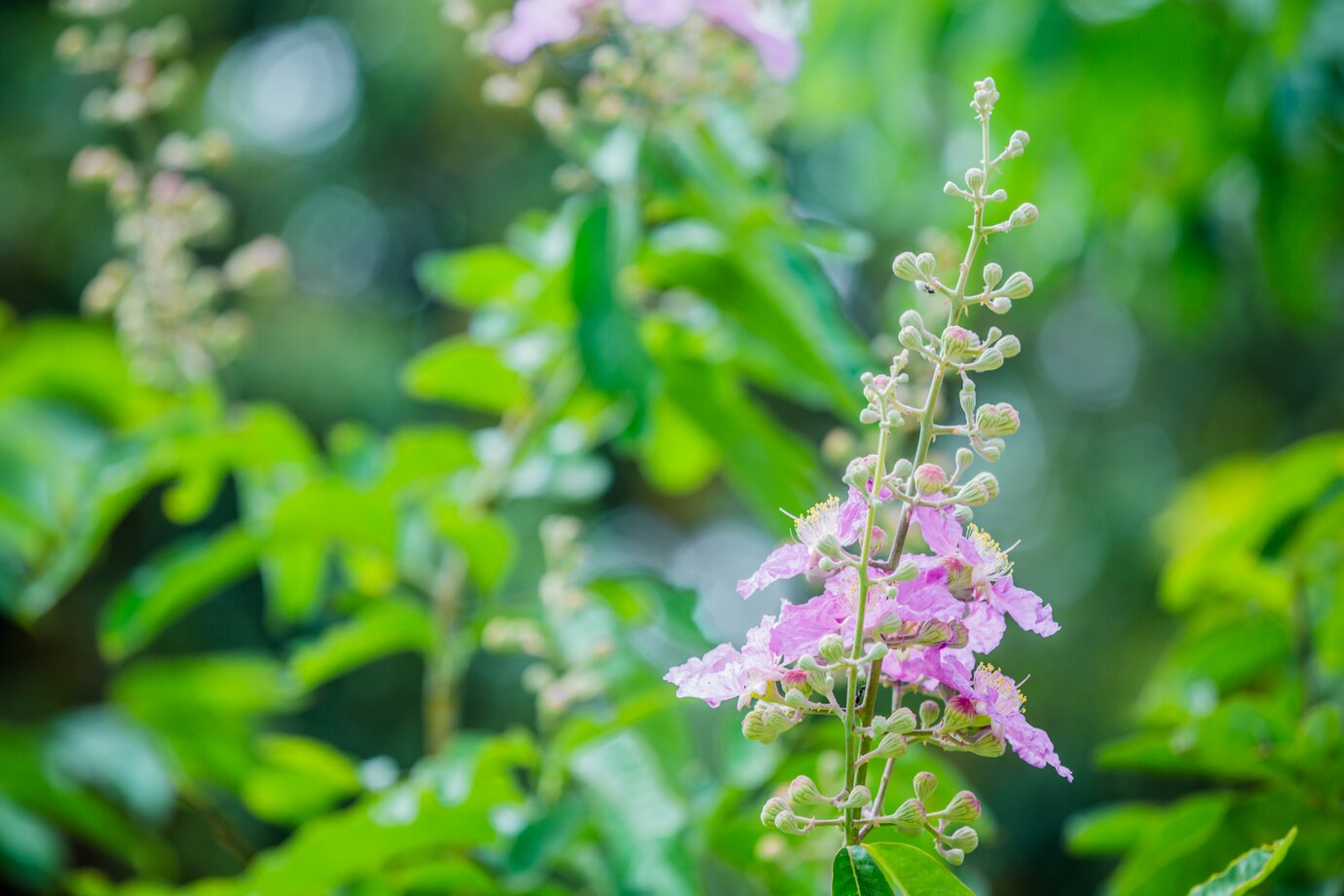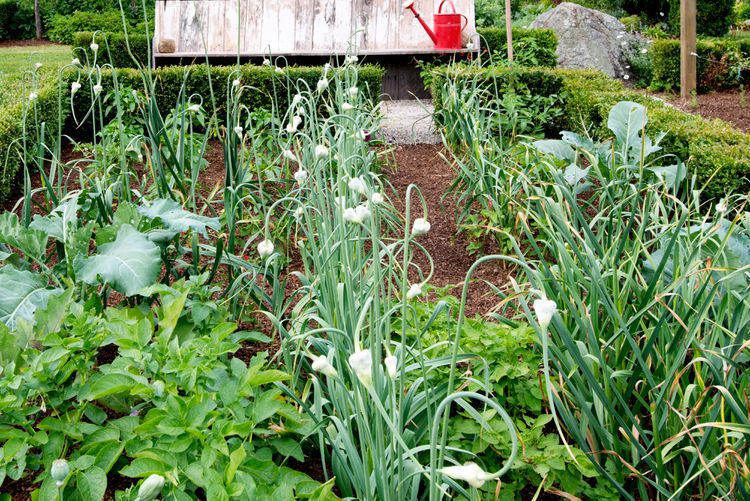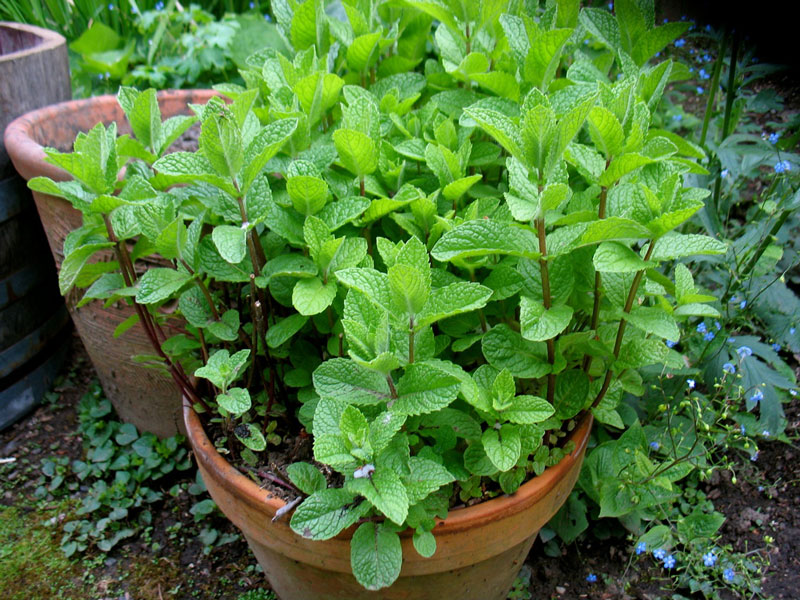Peppermint (Mentha × piperita) grows effortlessly and is an excellent addition to any home garden. Its fragrant leaves add a cool, crisp taste to both meals and beverages. The blossoms attract beneficial insects and pollinators, while the plant itself is believed to repel pests such as rats, mice, and mosquitoes. Use this guide to learn how to grow peppermint in your own garden.
Table of Contents
ToggleWhat Is Peppermint?
Peppermint (Mentha piperita) is a popular herb from the mint family, Lamiaceae. When crushed or chewed, its green leaves release a cool, refreshing, and slightly peppery scent and flavor. Peppermint is easy to propagate and thrives in both herb gardens and indoor pots. However, it tends to spread quickly, so it is often best grown in containers to keep its growth under control.
Depending on the environment, peppermint can reach up to three feet in height. In summer, it produces pinkish-purple flowers arranged in whorls along its stems. It is widely used in candies, desserts, teas, and personal care products and is both flavorful and functional. Its essential oil creates a cooling effect on the skin, which is helpful for soothing nerve and muscle discomfort. In the kitchen, fresh mint leaves often appear in fruit salads or as a vibrant contrast to rich meats, such as lamb. If you’re wondering how to grow mint successfully, peppermint is a great place to start.
When to Plant Peppermint
Mint is a vigorous and fast-spreading herb that thrives in a wide range of climates. To keep it from taking over your garden, it’s often best to grow peppermint in containers rather than directly in the ground. The ideal time to plant peppermint is in early spring after the frost has passed. While it can withstand brief cold snaps, peppermint doesn’t thrive in areas with prolonged freezing temperatures.
How to Grow Peppermint
Peppermint grows more quickly and reliably from stem cuttings than from seeds. Here’s a step-by-step on how to grow peppermint at home:
Start With a Healthy Cutting.
Take a 5–6 inch cutting from an established peppermint plant. Trim the leaves from the bottom two inches of the stem. Place the cutting in a glass of water and set it in a sunny spot. When the roots grow to a couple of inches in length, it’s ready to be planted.
Select a Suitable Container.
Since peppermint spreads rapidly, many gardeners prefer growing it in pots to keep it from overtaking other plants. Choose a plastic container to help retain moisture, as peppermint thrives in consistently damp soil.
Add the Right Soil.
Fill the container with moist, well-draining potting mix. If growing indoors, avoid using manure or fish emulsion. Add a layer of mulch on top to lock in moisture. Ensure your container receives ample sunlight throughout the day.
Plant the Rooted Cuttings.
Gently plant each rooted stem into the soil, keeping about 10 inches of space between each plant to allow for growth.
Water Consistently.
Peppermint prefers soil that remains consistently moist. Unlike many herbs, it shouldn’t be allowed to dry out between waterings. Water daily or every other day to maintain even moisture.
Essential Peppermint Care Tips
While peppermint is a resilient herb, it still benefits from regular care to stay healthy and flavorful. Here’s how to keep your peppermint thriving:
- Trim your plant often. Peppermint grows rapidly and needs frequent trimming to encourage fresh, aromatic leaves and vigorous growth. Cut back the top half of the plant in late spring and throughout summer. Remove any stems that look dry or woody. Refresh your peppermint patch every two to three years by replanting. Pinching off flower buds can also help preserve the highest level of essential oils in the leaves.
- Ensure proper sunlight. Peppermint grows best in full sunlight, which enhances its oil production and overall flavor. It can tolerate partial shade, but direct sun brings out the strongest flavor. Keep the soil moist to prevent stress from the heat.
- Maintain consistent moisture. This herb thrives in moist conditions and is more resistant to root rot compared to other plants. Keep the soil damp by watering regularly, especially during hot or dry spells.
- Watch for pests. Although peppermint naturally deters larger pests, such as deer and rodents, it can attract smaller insects like aphids and spider mites. If you spot them, use a gentle spray of water from a hose to wash them off the leaves.
Harvesting
The best time to harvest peppermint is mid-season, just before it begins to flower, although you can start picking once the plant has grown at least 4 inches tall. For the strongest flavor and aroma, harvest early in the morning when the essential oil level is at its peak. You can either trim the stems back roughly an inch above the soil or snip off the top 2 to 3 inches. The plant will regrow quickly, giving you multiple harvests throughout the growing season.

